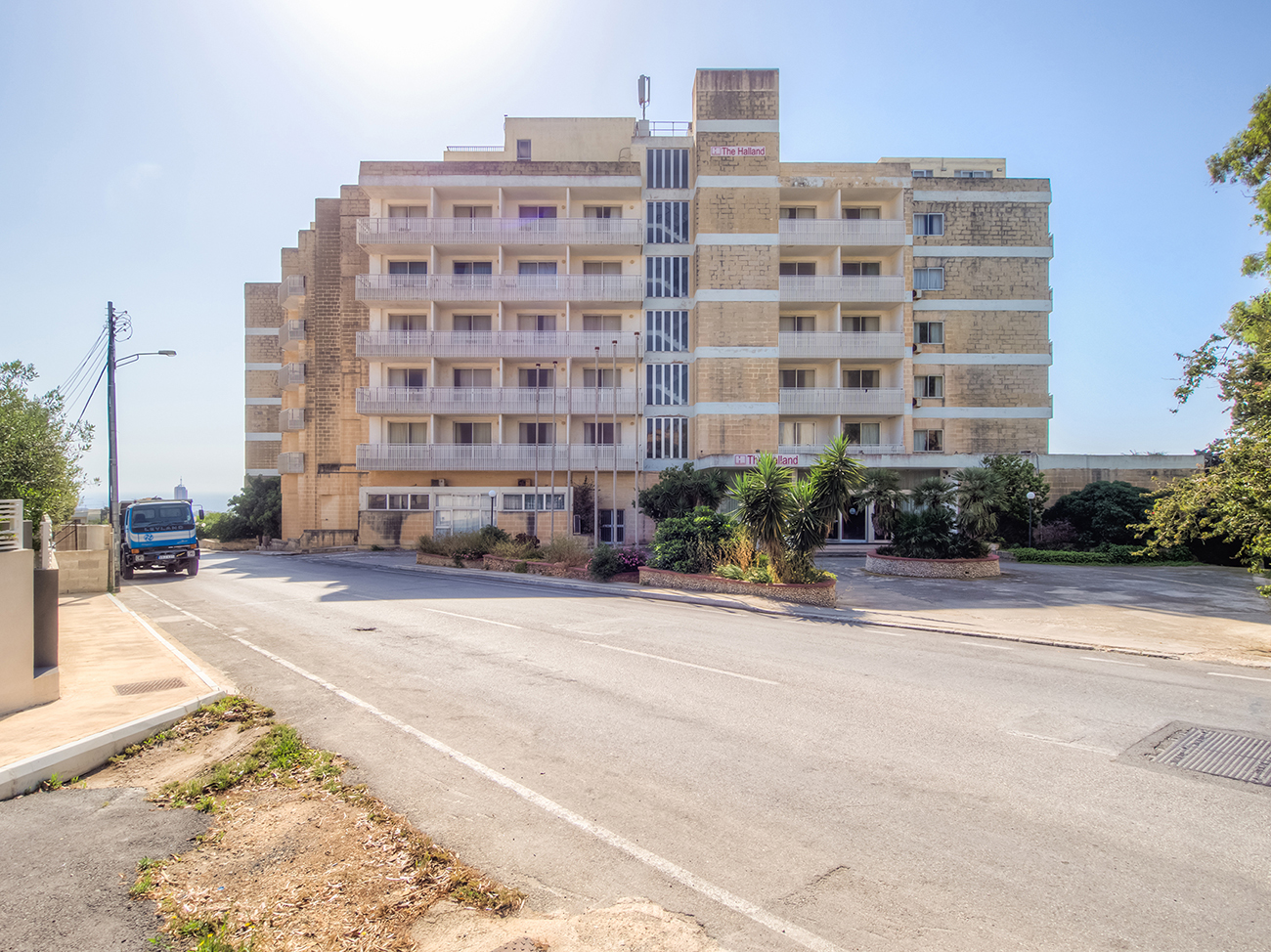Ta’ L-Ibragg
History
Ta’ L-Ibragg is a picturesque residential suburb located in the northern part of Malta, within the town of San Ġwann. The area’s history is deeply rooted in the agricultural practices that dominated Malta’s landscape prior to its urban development. During the late 20th century, Ta’ L-Ibragg transitioned from rural farmland to a modern residential neighborhood, reflecting Malta’s broader trend of urbanization. The area’s evolution was driven by the growing demand for residential spaces due to Malta’s expanding population and the desire for more suburban living environments.
Nightlife in Ta L-Ibragg
Though Ta’ L-Ibragg is primarily known for its residential character, it offers a serene and relaxed environment rather than a bustling nightlife scene. The neighborhood’s nightlife is relatively low-key compared to more central areas like Valletta or St. Julian’s. However, residents and visitors can enjoy a range of local dining options and casual bars that cater to the community. For those seeking more vibrant nightlife, nearby towns such as St. Julian’s provide a broader selection of entertainment venues, including nightclubs, bars, and late-night cafes.
Modern status of Ta L-Ibragg
Today, Ta’ L-Ibragg is celebrated for its peaceful and family-friendly atmosphere. The suburb boasts a well-planned layout with modern amenities, including parks, schools, and shopping centers. The community is known for its well-maintained streets and green spaces, making it an attractive area for families and professionals seeking a quiet retreat from the hustle and bustle of more central urban areas. Ta’ L-Ibragg has become a popular choice for those looking for a balanced lifestyle, combining the convenience of urban living with the tranquility of suburban life.
overview
Real Estate in Ibragg
The property market in Ta’ L-Ibragg reflects the suburb’s desirable living conditions. Real estate in this area includes a mix of modern apartments, townhouses, and villas, catering to various preferences and budgets. Over the past decade, the demand for property in Ta’ L-Ibragg has risen, driven by its reputation for being a well-planned and safe neighborhood. Property values in Ta’ L-Ibragg have seen steady growth, influenced by its appealing residential environment and proximity to key amenities.

BUY
Properties For Sale in Ibragg
RENT
Properties For Rent in Ibragg
Localities
Discover other Maltese localities
Take a deep dive and browse the Maltese localities and local insights to see if the homes for sale/rent are right for you.